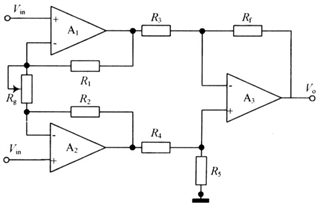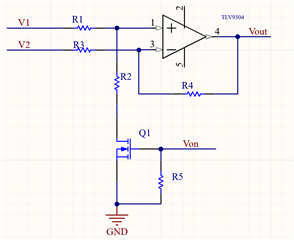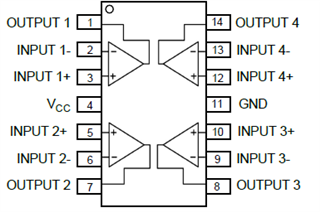Other Parts Discussed in Thread: LMV324A, INA350, , , TLV9001, TLV9301, INA597
Hi There,
To design a relatively high precision amplifier and with low cost, I would like to use LM324 form an instrumentation amplifier. The schematic is as blew:

If all the resistors here have 0.5% tolerance, what accuracy of the amplifier can I expect?
Regards
Alex Chen



